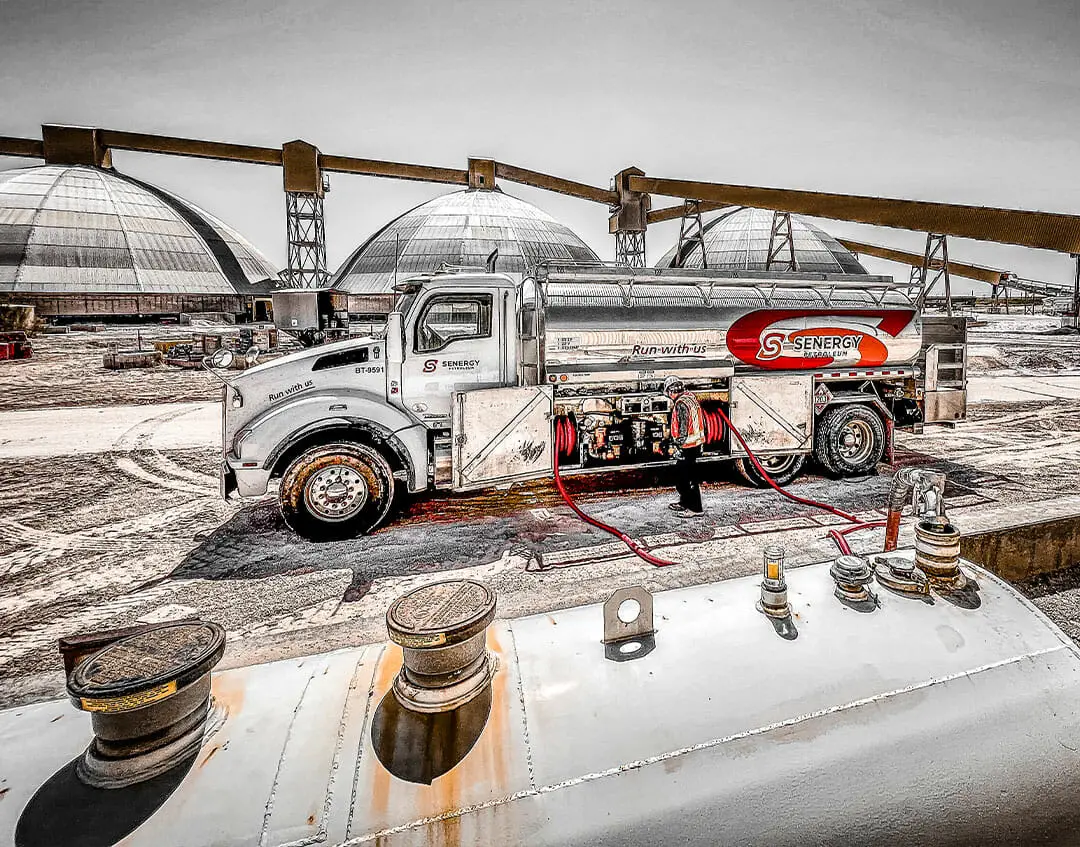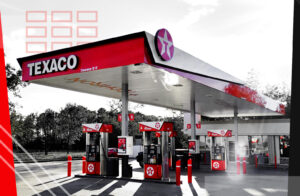
Lubrication Best Practices for Heavy-Duty Equipment Maintenance

Lubrication Best Practices for Heavy-Duty Equipment Maintenance
In fields like agriculture, government, and fuel retail, Heavy-duty equipment plays a vital role in day-to-day operations. They are essential to efficiency, be it in fuel stations, farms, or even municipal services. But if they are not properly lubricated, machines can degrade quickly, resulting in downtime and expensive repairs, which ultimately lead to a decline in overall performance. Lubrication acts as a backbone to reduce wear and friction in mechanical machines. It forms a protective line between moving components, reducing direct contact and minimising the harm friction may cause over time. Lubrication does more than decrease friction.
An efficient, well-maintained lubrication system can significantly extend equipment lifespan and prevent unexpected production interruptions. Failure to lubricate can lead to enormous productivity losses and significant repair costs. So, companies should not be taking this risk lightly.
2. The Right Lubricant to Choose for your Equipment
A poor lubricant can cause components to wear more quickly, operate less efficiently, or fail early.
In deciding on the right lubricant, there are many things to be taken into consideration:
- Viscosity: Choose the right viscosity for your machine based on its operating temperature and loads. A viscosity that is too high can create excessive resistance. Likewise, an insufficiently low viscosity could not offer enough security.
- Additives: Many lubricants contain ingredients such as antioxidants, anti-wear additives, and corrosion inhibitors. The additives improve lubricant efficiency in certain circumstances. Anti-wear additives, for instance, reduce contact between metal surfaces, and rust inhibitors can prevent corrosion in humid climates.
3. Setting up a Lubrication Schedule
For optimal lubrication, consider these aspects when formulating a plan:
Follow the manufacturer’s instructions in your equipment’s manual to learn about the lubrication timings. These recommendations from the manufacturer are based on exhaustive testing and will ensure the machine runs at peak efficiency. The more frequently an item of equipment is used, the more frequently it needs to be lubricated. In high-use environments, such as farms or bustling gas stations, the equipment might require regular oiling.Abrasive environments, such as dusty fields and wet zones, require more frequent lubrication, as contaminants degrade lubricant more quickly. Extreme or cold temperatures affect the frequency at which lubricants need to be replenished. Modern tools such as digital logs, automated scheduling software, and reminders help businesses track compliance with their lubrication schedule. By monitoring maintenance and usage actions, organizations can improve their processes and reduce repairs and downtime.
4. Proper Lubricant Application Techniques
Although the correct lubricant is in place, incorrect application methods may still lead to operational difficulties. In both cases, under-lubrication or over-lubrication may cause harm to heavy-duty machinery.
- Insufficient oil can cause excessive heat and extreme pressure on seals. This could result in leaks and even damage to seals. In addition, machinery with excessive lubrication can draw in more dirt and other debris, which can cause further damage.
- Lack of lubrication can lead to friction between metal components, generating heat and wear, increasing the likelihood of failure.
To apply the right amount of lubricant, have a range of equipment:
- Grease Guns: Ensure an appropriate amount of grease is applied to lubrication areas.
- Automated Systems: In large operations, automated lubrication systems ensure the proper amount of lubricant is consistently delivered without human error.
- Inspection: Maintenance teams must periodically inspect equipment and apply lubrication as needed.
A proper application, combined with attention to lubrication timing, will reduce machinery wear and increase its operational lifespan.
5. Implementing Contamination Control Measures
Dirt, water, metal particles, and moisture can degrade lubricant quality and cause machine damage. In construction, agriculture, or public operations, managing contamination is always a challenge, particularly when working in harsh, dirty conditions.
Effective strategies for preventing contamination comprise:
- Sealing: Ensuring the lubrication points are correctly sealed stops moisture and dirt from leaking into the system.
- Filtration: Adding filters to the system for lubrication can prevent contamination from entering and ensure the lubricant is clean and properly introduced.
6. Monitoring and analysing Lubricant Conditions
Monitoring lubricant condition is essential to a successful lubrication plan. Routine lubricant analysis helps companies monitor equipment wear and tear and pinpoint potential issues that could affect efficiency. The most common methods of monitoring the condition of the lubricant are:
- Oil Sampling: Every so often, gather oil samples and send them to laboratories for analysis of contamination, wear, and metals. This will help you assess the effectiveness of your lubricants and identify any issues that could impact the machinery.
- Analysis of Wear Debris, looking for metal particles within the lubricant, allows you to discern which areas of the system are experiencing the most wear. This helps you address the issue before it leads to a major failure.
- Thermal Imaging: A high temperature could indicate an inadequate lubrication level. Thermal cameras can help identify temperature differences in machinery, enabling quick intervention.
Monitoring lubricant condition and performing regular oil maintenance using data-driven insights could prolong your equipment’s lifespan and help prevent unexpected breakdowns.
7. Education and Training Maintenance Personnel
Training maintenance workers in proper lubrication techniques is a crucial component of a successful program. Educated employees can prevent inconsistencies, use the appropriate amount of lubricant, and detect potential problems before they become major issues.
It should also include:
- Lubricant Choice: Knowing the different types of lubricants, their uses, and characteristics helps ensure you use the proper lubricant for each device.
- Maintenance staff need to be taught appropriate methods for applying lubricants to prevent over- and under-lubrication of their equipment.
- Contamination Management Training: Teaching workers to spot contaminants and use the correct sealing and filtration methods could help to extend the lifespan of lubricants.
Training programs regularly help keep workers informed about the latest lubrication technologies and strategies, thereby reducing mistakes and improving equipment efficiency.
8. Working in Reliable Lubricant Suppliers
An established relationship with trusted oil suppliers will ensure that customers receive the best-quality lubricants and knowledgeable advice for maintaining their machines. They can also help companies choose lubricants that meet the specifications of their machines and their operating conditions.
- Technical Support: Suppliers provide helpful advice on lubricant application and maintenance methods.
- Learning Resources: Many vendors offer training and other materials to help maintenance teams learn the best methods.
A reliable company such as BradHall Fuel ensures that your oil-lubrication system is optimized for efficiency and performance. This will help reduce interruptions and increase the durability of the equipment you use. Proper lubrication is the foundation of efficient maintenance for heavy-duty machinery. In agriculture, government, and fuel retailing, adopting the most effective lubrication methods could result in significant cost reductions and improved operating efficiency. By partnering with trusted companies like BradHall Fuel, you ensure you get the best products and professional guidance to keep your equipment operating at peak efficiency. BradHall Fuel is committed to offering high-quality lubricants and comprehensive support to companies in the agricultural, government-related, and fuel retail sectors. Command to learn more about our services and products, specifically tailored to meet your needs.
Share:
More Posts
Get In Touch
👉 Contact Brad Hall Fuel today to learn how our bulk fuel solutions can power your business—wherever you are.

